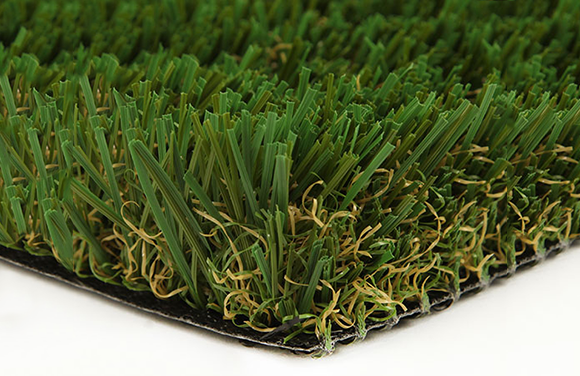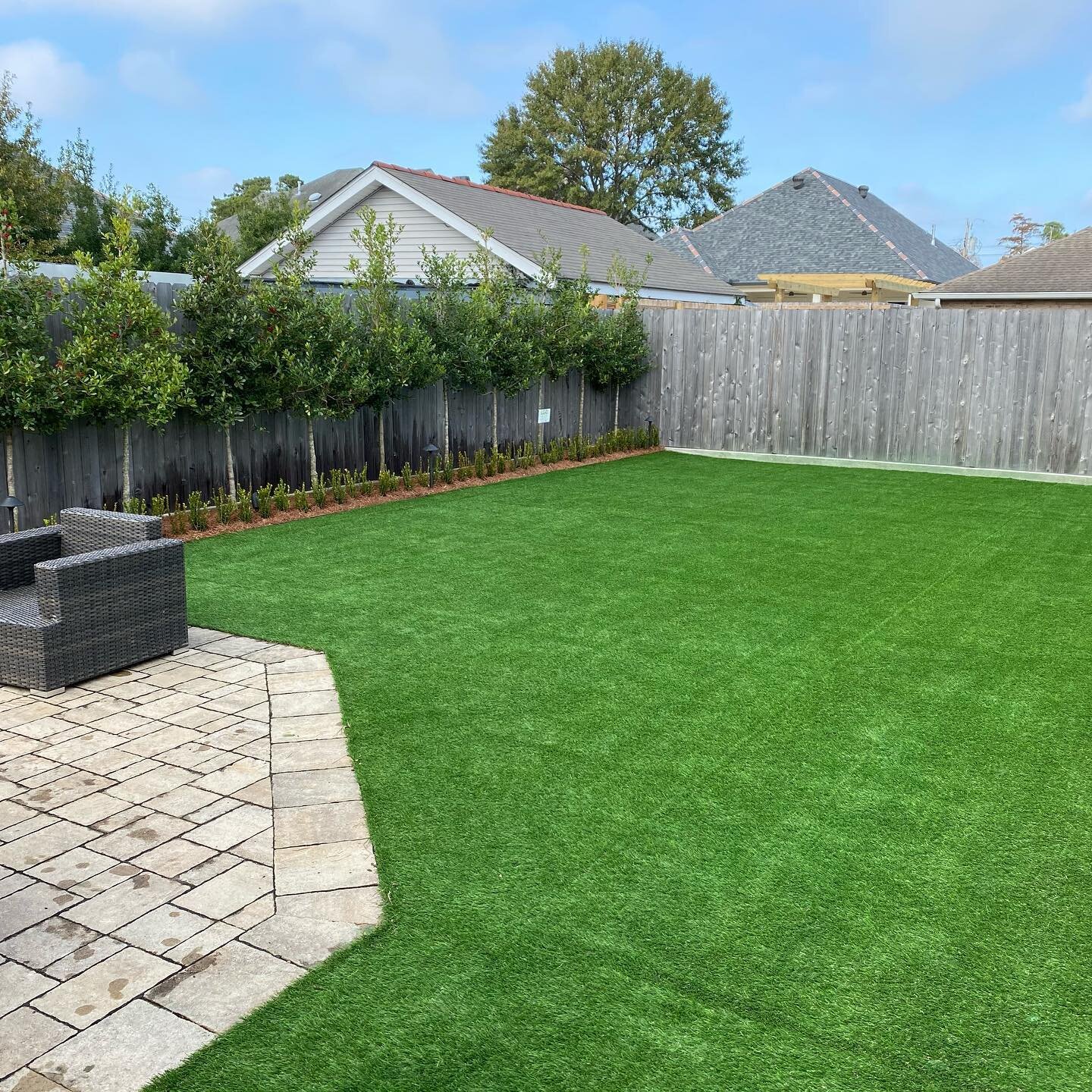Explore the Environmental Perks of Opting for Artificial Grass Solutions
The adoption of man-made lawn remedies presents a compelling possibility to attend to pushing ecological obstacles. By considerably minimizing water usage and reducing the application of dangerous chemicals, these alternatives not just promote lasting landscaping however additionally shield neighborhood communities.
Water Conservation Advantages
One of the most considerable advantages of fabricated grass is its capacity to preserve water. In contrast, artificial turf does not require watering, considerably decreasing the general demand for water sources.
By removing the demand for regular watering, synthetic grass adds to lasting landscape techniques and assists reduce the environmental influence of excessive water usage. The preservation of water extends to the decrease of runoff, which can lead to soil erosion and river contamination.
Additionally, the installment of synthetic grass enables property owners and municipalities to allot water resources extra efficiently, concentrating on important uses such as alcohol consumption water and agriculture. The shift in the direction of fabricated turf not only advertises liable water usage however likewise aligns with more comprehensive ecological goals targeted at protecting all-natural sources.
As communities increasingly focus on sustainability, the water preservation benefits of man-made grass provide an engaging case for its fostering in business and property landscape design projects.
Reduced Chemical Usage
The shift to synthetic grass dramatically lowers the dependence on chemical treatments typically made use of in natural grass upkeep. Standard turf management generally involves the application of chemicals, herbicides, and plant foods to promote growth and control insects. These chemicals can present threats to human health and wellness, local wildlife, and the atmosphere, adding to dirt and water contamination.
In contrast, fabricated turf removes the need for these dangerous substances. By lessening the launch of artificial substances right into the ecosystem, artificial grass promotes much healthier soil and water systems.
Moreover, the lack of chemical overflow related to artificial lawn installments helps secure local waterways from pollution, supporting water life and keeping biodiversity. Arizona artificial turf. As areas progressively prioritize sustainable methods, going with synthetic grass offers a feasible remedy that lines up with ecological preservation goals. Via this shift, homeowner can take pleasure in lavish environment-friendly areas without compromising environmental health, leading the way for a much more sustainable future
Lower Carbon Impact

Additionally, the setup of artificial turf can result in considerable water preservation. Natural yards call for substantial quantities of water for irrigation, which not only includes in the carbon impact related to water removal and therapy but additionally stress neighborhood water resources. On the other hand, man-made lawn needs marginal upkeep, requiring no watering, thereby considerably reducing water use and its linked power prices.
Furthermore, the long life of synthetic grass adds to its reduced carbon influence. With a life-span of up to 15 years or even more, the need for regular substitutes is decreased, causing less waste and lower power usage in production and getting rid of typical grass options. In general, artificial grass presents a lasting alternative for environmentally conscious landscape design.
Environment Preservation
Environment preservation is a critical consideration in the discussion over landscaping selections, especially when contrasting synthetic grass to natural turf. anonymous Natural yard lawns usually call for substantial maintenance, including the use of fertilizers, herbicides, and chemicals, which can detrimentally influence neighborhood ecological communities. These chemicals can seep into the soil and waterways, damaging indigenous vegetation and animals and interrupting neighborhood habitats.
Synthetic lawn gets More Info rid of the demand for harmful chemicals, consequently safeguarding nearby wildlife and keeping the stability of bordering ecosystems. The installment of man-made turf can lead to the conversion of former lawn locations right into more biodiverse landscapes, such as pollinator yards or native plant areas, which can sustain regional wildlife.
Ultimately, the shift to synthetic grass not just conserves water and lowers maintenance efforts yet also cultivates an extra unified connection between human tasks and the natural surroundings, advertising habitat preservation at the same time.
Long-Term Sustainability
Long-term sustainability is a crucial aspect in examining the benefits of synthetic grass over standard yard lawns. Among the most considerable benefits of artificial turf is its resilience; it can last approximately 15-20 years with very little upkeep, whereas natural lawn needs constant reseeding and replacement. This long life decreases the need for continuous sources, such as water, plant foods, and chemicals, which are necessary for keeping a healthy and balanced yard yard.
Additionally, synthetic grass contributes to a decrease in carbon emissions linked with lawn care tools. Typical lawns often require gas-powered lawn mowers, leaners, and blowers, every one of which add to air pollution. Arizona artificial turf. In contrast, artificial lawn removes the demand for such tools, advertising a cleaner environment
In addition, the manufacturing of fabricated lawn significantly utilizes recycled products, enhancing its sustainability profile. As manufacturers embrace green practices, the ecological footprint of synthetic grass continues to reduce.

Conclusion
The adoption of man-made turf remedies presents substantial ecological benefits, consisting of substantial water conservation, lowered dependence on dangerous chemicals, and a reduced carbon impact. Additionally, synthetic grass help in maintaining all-natural environments by reducing land disturbance and advertising long-lasting sustainability via using sturdy products. Collectively, these elements emphasize the capacity of man-made lawn to contribute favorably to environmental wellness and offer a feasible option to typical landscape design practices in a significantly resource-conscious world.
In contrast, synthetic turf does not need watering, considerably decreasing the overall demand for water resources. By minimizing the release of artificial compounds into the community, artificial lawn promotes much healthier soil and water systems.
Additionally, the installment of man-made turf can result in substantial water preservation. In comparison, fabricated grass needs very little maintenance, calling for no watering, consequently considerably minimizing water use and its connected power expenses.
